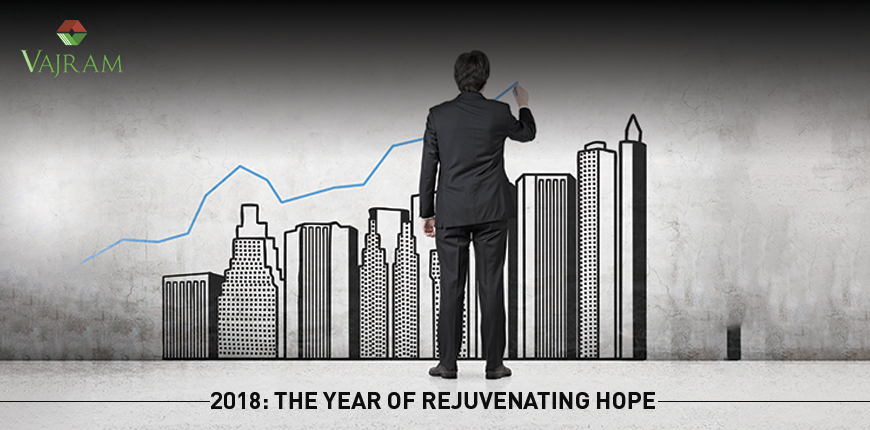When 2018 rolled in, everybody was sure that it would be the year to clear away all the confusions that had plagued the real estate market since the introduction of GST and RERA in 2017. While many of the problems did recede, it did not completely dissipate. But even with the crippling effects of both, the real estate market in India, especially that of Bangalore remained solid and even showed an upswing. The housing market supply increased by 32 percent in the major cities while unsold inventory came down by 8 percent from 2017. Sales figures increased by nearly 16% during this period according to ANAROCk data.
While mid-way through the year, luxury housing sector seemed to be the preferred property type among home buyers, affordable housing edged it out with many schemes provided by the government to help first-time home buyers (including tax concessions).
Here is a look back at the main factors that affected the 2018 housing market –
Affordable Housing
According to ANAROCK data, affordable housing had the maximum share of the real estate pie with 41% of the new residential launches being in this segment. Midway through 2018 with the implementation of Pradhan Mantri Awas Yojana(PMAY), a slew of affordable housing projects came into being in the Bangalore market. The takers for these small ticket sizes with less average area per house were also many. After the government increased the carpet area size under the PMAY scheme, many quickly bought affordable homes to get the many tax benefits and incentives associated with these policies. This provided great impetus to the real estate market. Also to fund the PMAY scheme the government created the National Urban Housing Fund of 60,000 crores. The Affordable housing had 20 percent of the overall housing loan in India. It is about 16 lakh crore according to RBI data.
GST
The butt of many memes and the reason for the rise of bill receipt selfies, GST created a lot of confusion on its introduction, especially in the retail sector. Though the confusions died down, that was not the case for the real estate sector. Even with the heartburn it was giving developers and home buyers, GST was supposed to safeguard that would provide an audit trail for better control and monitoring of real estate transactions.
Instead of service tax, GST is being paid in its stead. While GST on under construction assets was 12%, ready-to-move-in properties were exempted from it. That’s why ready-to-move-in homes were preferred by many, with 49% of home buyers putting their money into the segment. Of course, Vajram Group’s ongoing No GST offer on its property Vajram Tiara gives the same exemption even though the project will only be ready for possession on June 2019.

